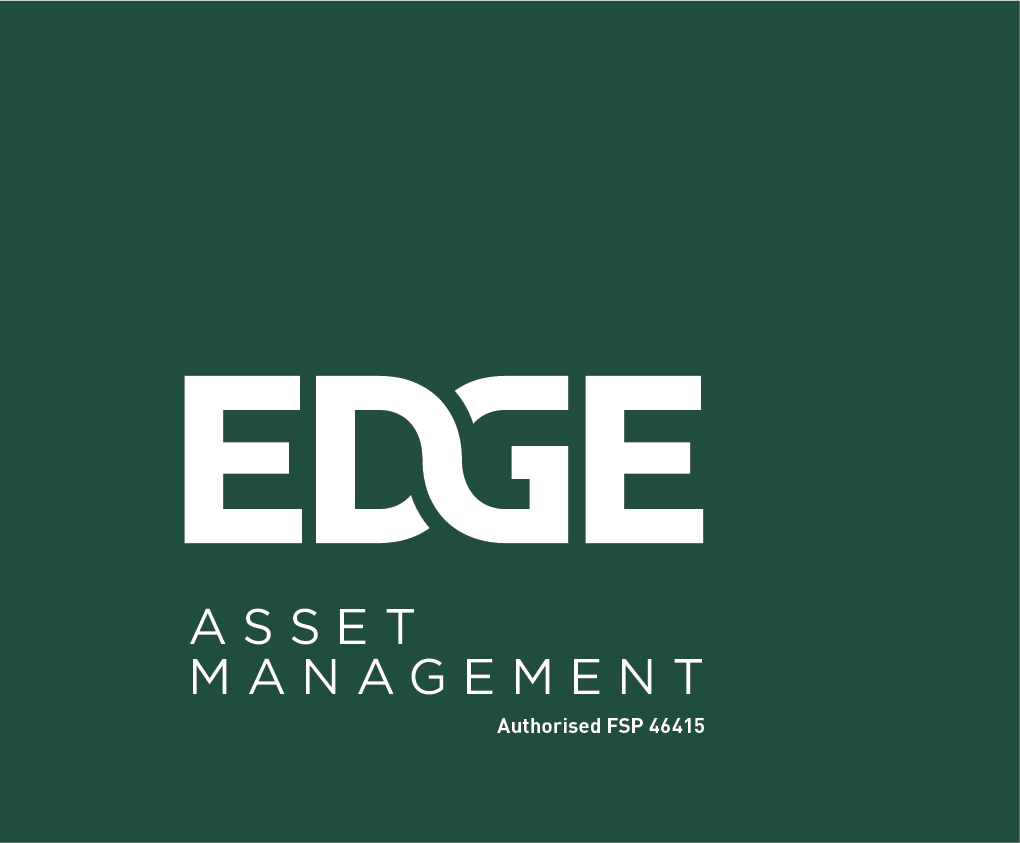Direct versus Indirect Offshore Investing
With all the troubles South Africa has faced as a country, investing offshore has become a hot topic. The recent Budget Speech again highlighted some of the issues South Africa is grappling with – bailing out mismanaged SOEs and a bloated public sector wage bill, amongst others. It raises the question: where do we invest our hard-earned money, if not in South Africa?
This article offers a brief look at, and main methods of investing offshore.
Why invest offshore?
A well-diversified investment portfolio should have an offshore component. This allows for access to different companies, economies, and jurisdictions. While retirement funds are capped at a newly announced 35% offshore allocation (40% including Africa), products such as TFSAs, living annuities, investment portfolios, endowments and offshore products offer ample opportunity for offshore exposure.
There are two methods mainly used to invest offshore:
- Direct offshore investing involves investors externalizing their Rands, by converting to a different currency – mainly USD, GBP or EUR – and investing in a product in your name, in a jurisdiction other than South Africa. This means your money physically leaves South Africa. Each individual has an annual Single Discretionary Allowance (SDA) of R1mill and a Foreign Investment Allowance (FIA) of R10mill. Tax clearance is not required in respect of the R1mill SDA, but a tax clearance certificate is required for the R10mill FIA. Direct offshore investing is the more involved of the two methods and may be more costly. Minimum investment amounts may be applicable. There are tax consequences, and while it offers greater diversification, there are risks attached to investing offshore – Russia invading the Ukraine is a big risk factor for the global markets.
- Indirect/rand-based offshore investing is the simpler of the two methods and more accessible for majority of investors. By using a local LISP platform mandated to invest in foreign assets, the platform’s foreign exchange capacity can be used to send your money offshore, without converting into another currency. Generally, this is done through investment into a local asset manager’s “feeder fund”. Your money doesn’t physically leave South Africa, but you still reap the benefits of offshore investing. It is more cost effective, there are generally no minimums and monthly contributions can be made. Tax consequences do apply.
Investing offshore should be carefully considered, as rash decisions may lead to mistakes. Externalize appropriately, with a properly drafted and thought-out financial plan, to make the most of this investment strategy.
Speak to your Edge Wealth IFA for further independent advice.



